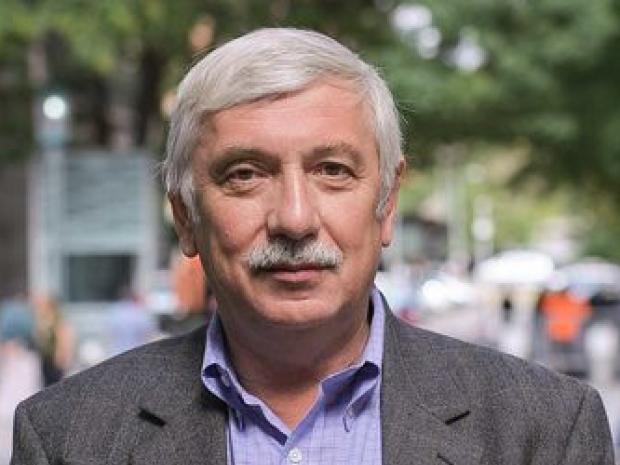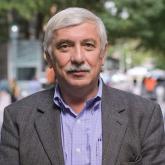25 Years of Microplasma Science & Applications: Where are we and where do we go from here?

Microplasmas are defined as plasmas where at least one plasma dimension is in the submillimeter range. In addition to thermal microplasmas, where the gas temperature is far above the room temperature, there are microplasmas based on glow discharges, which are non-thermal with gas temperatures much below the electron temperature. Research in this area has undergone enormous growth in the past 25 years. The attraction of non-thermal microplasmas is based on the fact that they can be operated stably at high gas pressures, in rare gases as well as in molecular gases, in a direct current (dc) mode as well as in pulsed dc and alternate current (ac) modes. Modeling and improved diagnostics allowed us in the past decade to gain more insight into the physics of non-thermal micro discharges. At the same time, the range of applications has been expanding at a rapid pace. In this presentation, I will cover the basic science of microplasmas, as we know it now, and show how the increased scientific knowledge has led to the development of new plasma technologies. A special emphasis will be on the development of microplasma sources for specific applications.
Hosted By: Kurt Becker
Kurt Becker is the Vice Dean for Research, Innovation, and Entrepreneurship at the NYU Tandon School of Engineering and the Interim Chair of the Department of Mechanical and Aerospace Engineering. He is a Professor of Applied Physics, associated with the Department of Technology Management and Innovation and affiliated with the Department of Biomaterials at the NYU College of Dentistry. His responsibilities as Vice Dean include the growth of the research portfolio of the Tandon faculty, the promotion of cross-school research collaborations, and the development of an academic innovation and entrepreneurship environment at Tandon. He oversees the Tandon Future Labs, which are hybrid incubation/acceleration programs aimed at accelerating the market entry of new products, processes, and services conceived from science and engineering breakthroughs.
He is a Fellow of the American Physical Society and of the National Academy of Inventors, and the recipient of the Dr. Eduard-Martin Prize for Excellence in Research from the Universität des Saarlandes, the Thomas Edison Patent Award, the SASP Erwin Schrödinger Medal from the University of Innsbruck, and the New York City & State Sustainability and Environmental Impact Award. He earned his MS and PhD degrees from the Universität des Saarlandes, Saarbrücken, Germany in 1978 and 1981, respectively. He also holds an Honorary Professorship at the Leopold Franzens Universität Innsbruck in Austria. He worked extensively in low-temperature plasma physics and technology, published more than 230 peer-reviewed papers and pioneered the field of microplasmas. He holds numerous patents on the stabilization of atmospheric-pressure plasma and their technological applications in the areas of environmental remediation and biomedicine. He was involved in two startup companies that commercialized this technology, one of which was acquired by Stryker Instruments in 2005.


